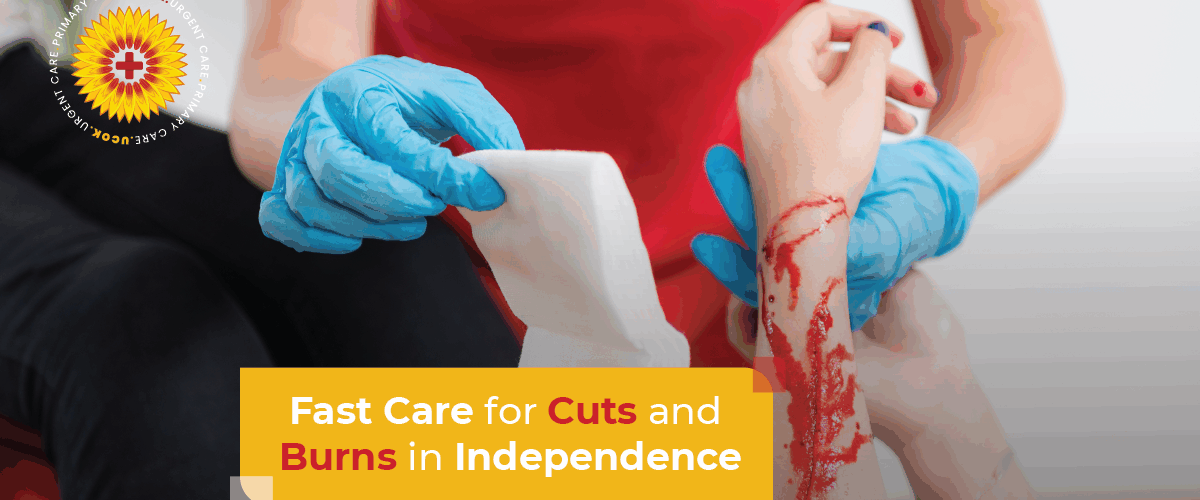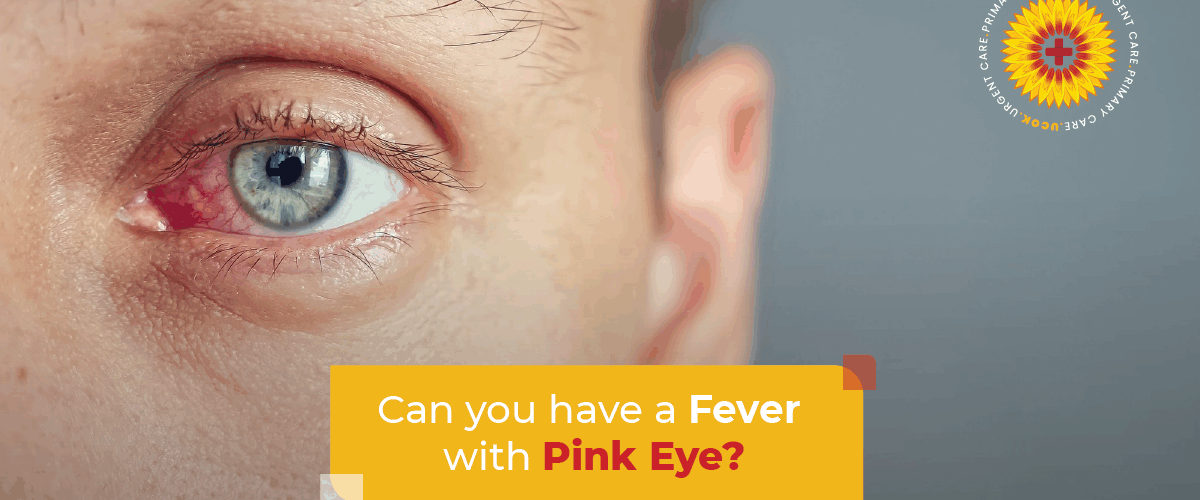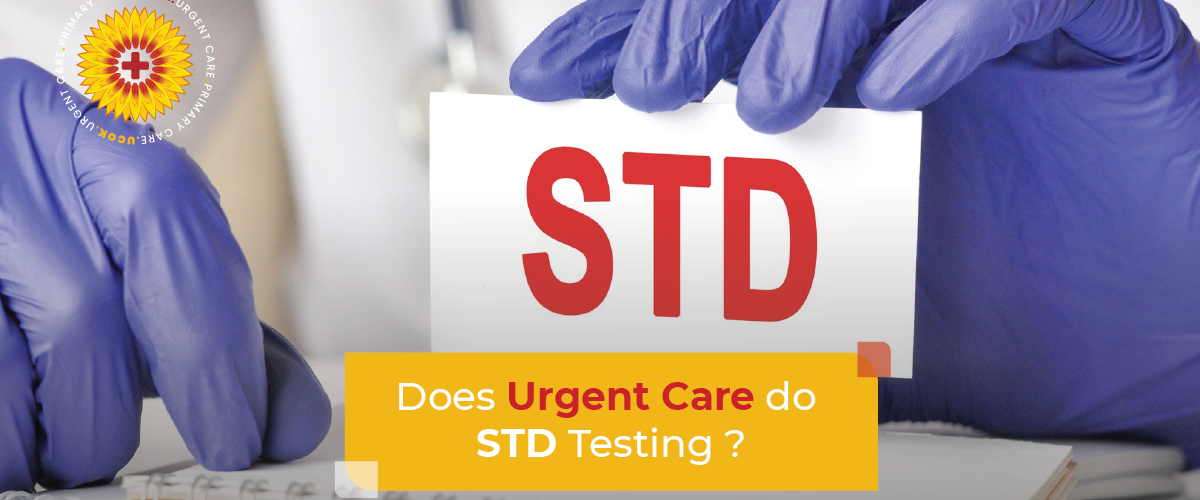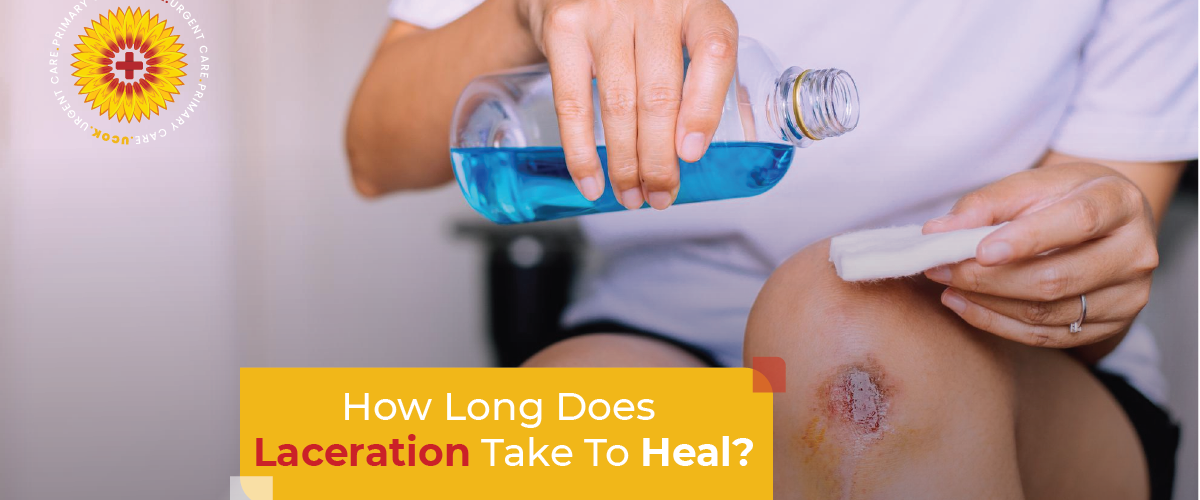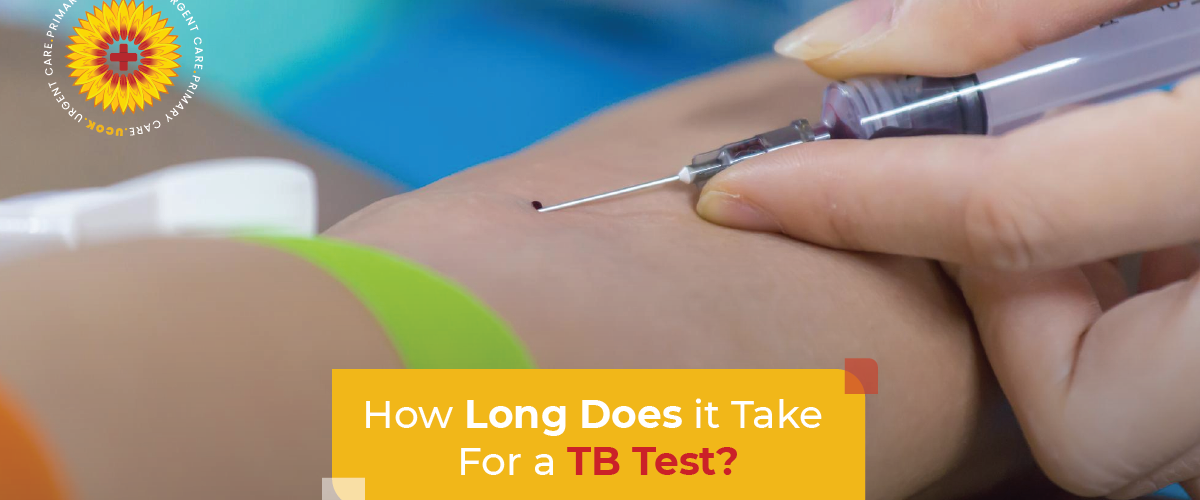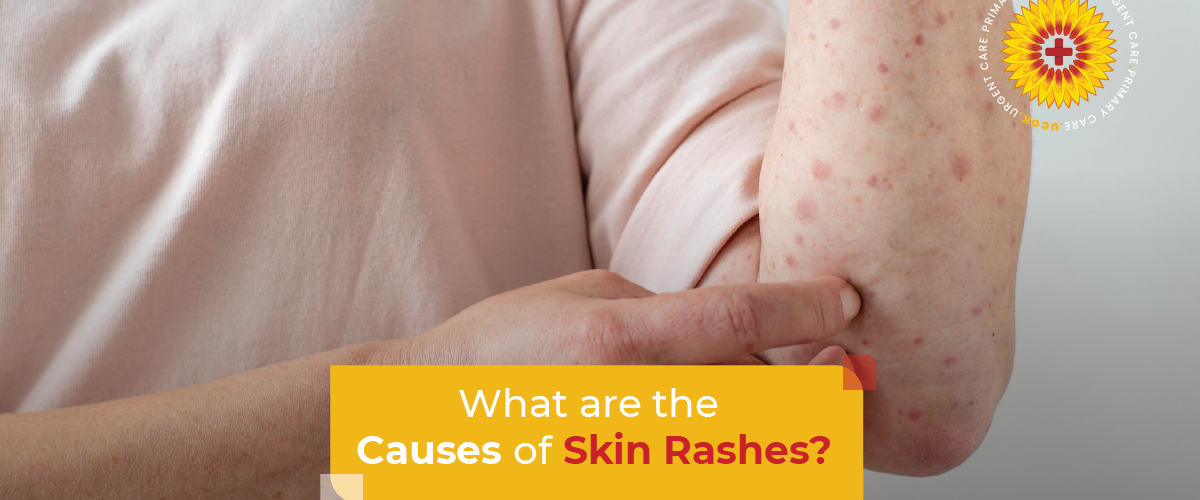
How Long Does Postpartum Depression Last?
Being a mother gives you happiness and also difficult moments. Giving birth often causes major changes to a woman’s body, mind and feelings. A condition that some new mothers deal with is called postpartum depression (PPD).
Some people wonder: How long do postpartum depression symptoms last?
Below, we’ll talk about what postpartum depression is, how long it usually lasts, what to watch for and how you can get help if you’re affected.
What Is Postpartum Depression?
Postpartum depression (PPD), also called perinatal depression. Postpartum depression is worse than baby blues. It is an adenine substitute that affects new mothers after childbirth.
It is severe but treatable. Baby blues go away in a few days. But postpartum depression lasts longer. It can affect your bond with your baby and how you function daily.
In the United States, around 1 in 8 women, or about 13%, report symptoms of postpartum depression after giving birth.
Common symptoms include:
- Persistent sadness or hopelessness
- Intense anxiety or worry
- Crying spells
- Difficulty sleeping (even when the baby sleeps)
- Feeling disconnected from your baby
- Anger or irritability
At UCOK Mental Health Centre, we understand the emotional toll of postpartum depression, and we offer supportive care to help you regain your sense of self.
When Does Postpartum Depression Start?
PPD may show up in the days, weeks, or months following childbirth. Some moms feel it just after their baby is born. Sometimes, families may not see the real change until they settle at home and get used to everything.
PPD may also occur after a miscarriage or stillbirth, and not only after a live birth.
How Long Does Postpartum Depression Last?
The duration of postpartum depression is variable for everyone. A few mothers may feel better within a couple of weeks, while others may take several months, and a few may take up to a year. Here is a general idea:
- Mild cases may improve in 3 to 6 months with support and care.
- Moderate to severe cases can last from six months to a year without treatment.
If untreated, postpartum depression could linger for quite some time. The sooner it speaks to a doctor and seeks help, the more likely one can avert a situation where PPD hangs on indefinitely.
UCOK Mental Health Center offers in-person and secure telehealth therapy options to get help that fits your life and comfort level.
Why Does Postpartum Depression Happen?
There are many reasons why postpartum depression may happen. It’s not your fault. PPD is a medical condition that can be triggered by:
- Hormonal shifts after childbirth
- Sleep deprivation
- Overwhelm and stress
- Lack of support or help at home
- History of depression or anxiety
At UCOK, mental health is treated with the same high regard as its physical counterpart, and it is through cooperative teamwork that behavioral health specialists come together with medical providers so that our clients gain maximum benefit from truly integrated care.
Is Postpartum Depression the Same for Everyone?
No. Every experience is unique. Some moms feel sad, and others feel anxious or angry. Some withdraw, while others push through with a smile.
And postpartum depression doesn’t just affect birth mothers. Partners, dads, adoptive parents, and people who’ve experienced pregnancy loss can also feel its impact.
Urgent Care of Kansas’s experts design every treatment plan to the individual’s experience, not just the diagnosis.
How Is Postpartum Depression Treated?
There are different ways to treat postpartum depression. What works best depends on your intense symptoms and what feels right.
- Talking to a Therapist
Consult a therapist face-to-face or virtually. Talk therapy guides you to express and construct plans to confront your feelings.
- Medicine
Some medications, for example, antidepressants, may help with balancing brain chemicals. At UCOK Mental Health Center, our prescribers ensure safety with personalized prescriptions, especially if you are breastfeeding or nursing.
- Support Groups
Discussing with other moms experiencing similar feelings can make an immense difference. You definitely will not feel alone.
- Self-Care
Consuming healthy food, getting sleep, going for walks, and requesting support are little efforts that yield major results. You deserve care, too, not for your baby.
What Happens If You Don’t Treat Postpartum Depression?
Ignoring postpartum depression can lead to the following:
- Difficulty bonding with your baby
- Relationship problems
- Emotional and developmental delays in your child
- Increased risk of long-term mental health conditions
That’s why UCOK Mental Health Center encourages early intervention. Our caring team is ready to walk this path with you, with affordable self-pay options and insurance billing for most major plans.
When Should You Talk to a Doctor?
Feel stressed, sorrowful, or disconnected from your baby? Get help if you:
- Have scary thoughts
- Think about harming yourself or your baby
- Feel hopeless or stuck
Help is here, and healing is possible.
Call UCOK Mental Health Center or schedule an appointment online 24/7. We offer flexible hours, televisits, and confidential care in a supportive environment.
Final Thoughts
Postpartum depression will not affect you for the rest of your life. Access to the proper resources allows most moms to feel better again and remember what makes them strong. Although the path looks long, someone is always there with you.
New moms who find it hard should know that asking for help shows great strength and that you are not alone.
Urgent Care of Kansas (UCOK) helps new mothers, partners, and families with postpartum depression. We care for those struggling with depression, anxiety, or adjusting to their new role. Reach out today.
FAQs
Will Postpartum depression ever go away?
Yes. With the proper support, most mothers recover. It may take time, but healing is possible. UCOK’s custom care plans and ongoing support can help you feel better at your own pace.
Can dads get postpartum depression, too?
Absolutely. Dads and partners can also feel lost, stressed, or overwhelmed. UCOK offers therapy for individuals and families because everyone deserves mental wellness.

